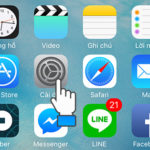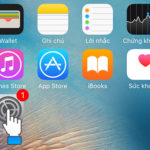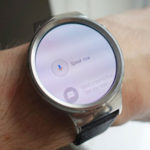The default password for an iPhone is a 4-digit or 6-digit code set by the user during the device’s setup process. In addition, Apple also provides users with additional security measures such as Face ID or Touch ID, which are more convenient and secure, but many people still have the habit of manually entering numbers.
According to the latest report from two journalists at the WSJ, this action carries security risks if users lose their device in public places. In many cases surveyed by the investigative team, victims confirmed that they lost their phones in crowded places like bars or public spots at night.
Specifically, thieves identify their “victims” and secretly observe the passwords entered into the phone while the victims are using it in crowded places. Once they know the password, they perform tricks to steal the phone from the owner.
Having both the password and the phone in hand allows thieves to access the content on the phone, reset security methods, and even take control of the Apple ID account on the device, making it impossible for the victim to log in to report the device as lost or erase data.

Instead of entering the password, use Face ID or Touch ID in public places to ensure the safety of the data on the phone.
To do this, the thief will take advantage of the recovery key feature on the iPhone. This is a security tool that consists of a 28-character random string generated by Apple to enhance control for the owner of the Apple ID. However, once the code is successfully created, nobody can access the ID without this code, including the device owner and the account. After preventing the user from accessing the Apple ID, the thief can freely access the information on the phone, including sensitive data such as contacts, messages, emails, photos, videos, or financial and banking apps.
Therefore, experts advise users not to manually enter passwords in public places, and to try to use biometric login methods (Face ID, Touch ID sensors, etc.) in any possible situation. If you have to enter a password, use your hand or body part to cover the screen while entering it.
In addition, users can increase the complexity of the password by using a combination of numbers and letters instead of just using a simple 4 – 6-digit code. To change the password format, iPhone users can follow the path: Settings > Face ID & Passcode > Change Passcode > Passcode Options > Custom Alphanumeric Code. This option helps create a more complex and difficult-to-observe password.
According to VTC News






































